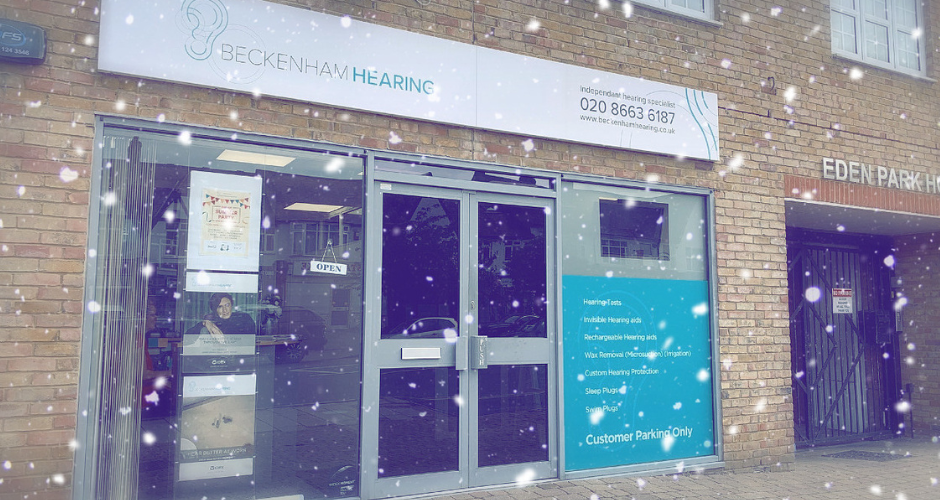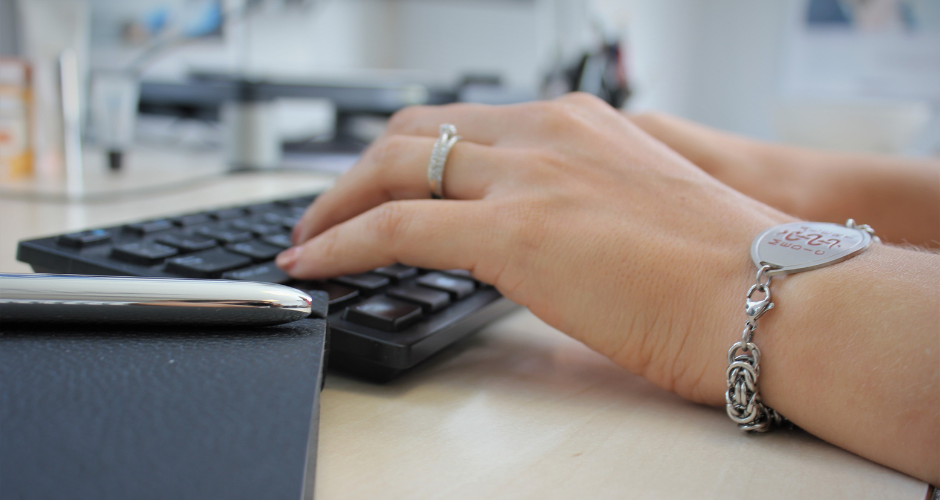Even during the pandemic, audiologists need to support their patients. Searching for the best options to provide regular check-ups, schedule follow-ups, and support unexpected emergencies has led to significant improvements in virtual hearing care. Here are four ways the pandemic has been a positive influence on new developments.
1. More Convenient Options for Seeing Audiologists
Due to safety concerns during the pandemic, providers were limiting the people they see in clinics. Instead, you had more options of various providers now offering tele-audiology services. These services are virtual visits done online. Meaning, you can communicate with your audiologists from anywhere using your smartphone, tablet, or computer. All you need is a stable connection, privacy, and headphones.
As a result, virtual hearing care is no longer limited to certain providers or premium services. It is becoming the new normal and easier for anyone to access conveniently.
2. Increased Security During Tele-Audiology Services
Bringing services online comes with certain risks. As tele-audiology gains popularity, providers are adopting software that provides adequate security and complies with the Data Protection Act. For example, strong authentication methods and end-to-end encryption ensure data privacy during telehealth services. Businesses that offer platforms with these software features are also on the rise. Everything you do with Beckenham Hearing is safe and secure.
3. Advancements in Online Hearing Tests
With more people using tele-audiology services, providers are also adopting methods to support this new normal. Clients can receive diagnostic equipment at home but we ALWAYS prefer to see you face to face in clinic and this is where we can really help you be at your best.
With just headphones and earbuds audiologists can determine a patient’s hearing condition remotely. Certain providers are also advancing their services to include equipment that allows for virtual ear canal and eardrum assessments.
4. Increased Education on Digital Practices
Without being able to rely on traditional methods of seeing clients and providing services, audiologists are exploring new technologies in their practice. They’re also accessing training on telehealth protocols and gaining confidence in available technology.
Here are a few other remote methods audiologists are learning about and adopting in their care routines:
● Remote Hearing Aid Fittings: to make sure new hearing aids are working well, comfortable, and fit the client’s needs
● Remote Hearing Aid Adjustments: so providers can offer follow-up care virtually
● Captioning applications: to help with communicating online while conducting hearing tests
● Remote interpreters: to prevent language barriers offer patient support
At Beckenham Hearing we pride ourselves on keeping you up to date with everything that is available to you and educating you on best practices in audiology too. Please get in touch if you have any concerns about your hearing aids or questions about how we can help you hear better today. Neil and the team will be happy to help CONTACT US TODAY.






